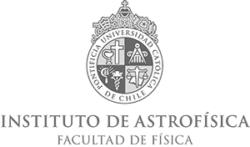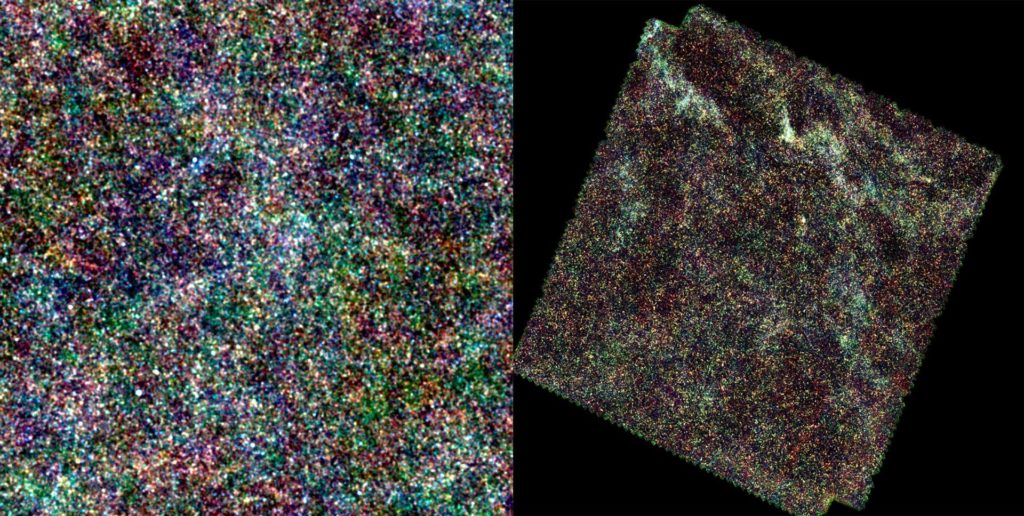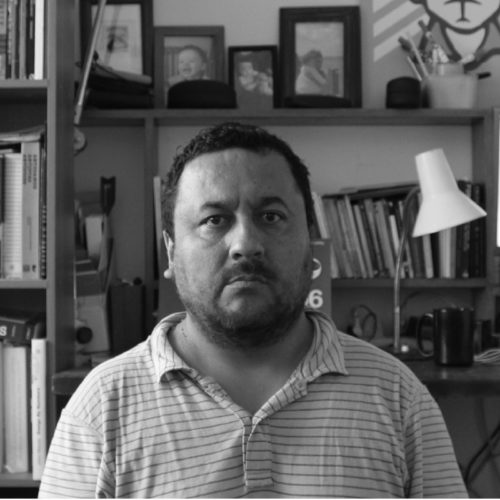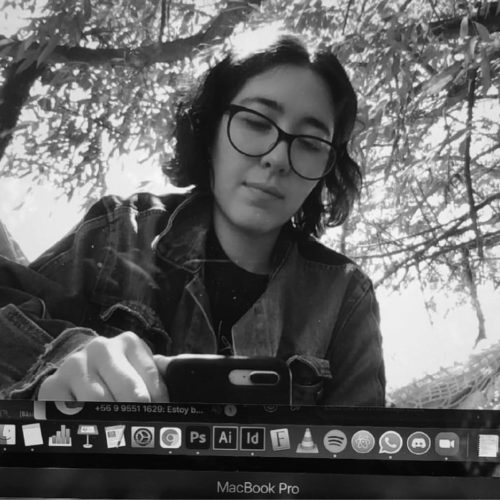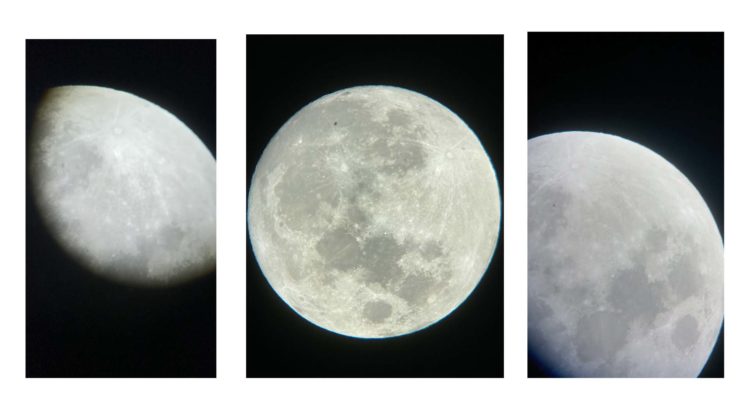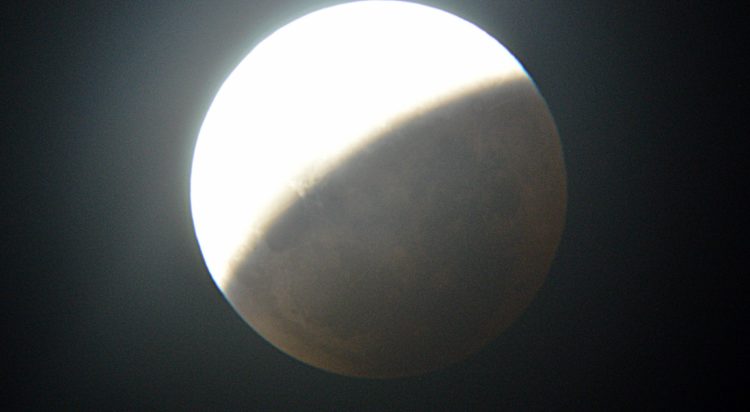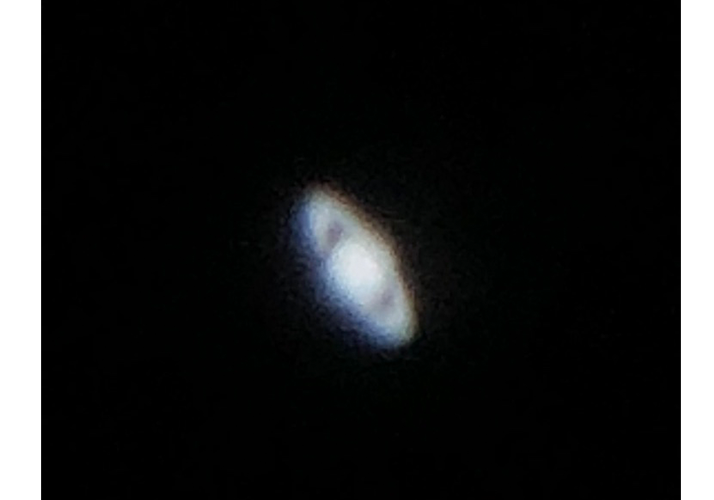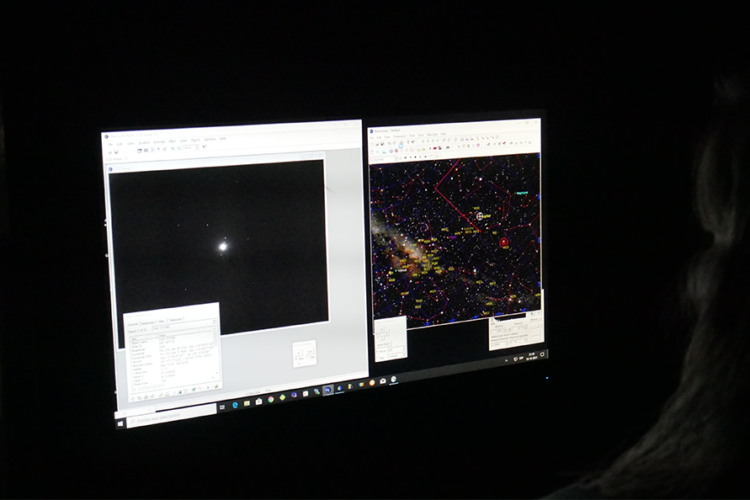Limit of Confusion: Crossroads between Art and Astronomy
The origin of this project was somewhat random, it all started when the astronomer and professor of astrophysics at PUC Felipe Barrientos contacted the visual artist and professor of art school Claudia Muller. Then Ricardo Vega (designer, artist and teacher at the design school at PUC) and Gaspar Galaz would join. Thinking about the relevance of integrating students into this process, a group of assistants was convened for each department involved: Pascal Torres (astronomy student), Florencia Varela and Diego Silva (art students), and Pilar Saavedra (design student). This is how the final work team was formed.
Searching for a suitable name, Gaspar Galaz mentioned the concept “limit of confusion”, relative to the moment in which it is very complex to make distinctions while observing the skies, due to the amount of data present. This name seemed very pertinent, as it reflects the initial intention of the project, which is to try to jump or somehow blur the borders of the very different disciplines present in the project. From this, numerous questions begin to appear: how are art and science related? What points do they have in common? What is the role of wonder and discovery in the work of both disciplines?. These initial questions that we posed would serve as a guide for the following reflections and conversations, and will also serve to frame in some way the works to be developed. As we dialogued in our zoom meetings, and some face-to-face meetings when the pandemic allowed it, we realized that although there were many distances between art, astronomy and design, they also share situations, such as aesthetic pleasure, or surprise at an interesting plastic discovery or result.
The project potentially appears as a window or a door that opens, and in that way it continues exploring the relationship between such different disciplines. So here is the product of these encounters, conversational misunderstandings and questions. This project proposes limits rather as beginnings to ask questions, using the confusion to open new territories of dialogue in the university and our country. We welcome this limit of confusion.
Claudia, Gaspar, Felipe, Ricardo, Pascal, Pilar, Florencia, Diego.
Lockman Hole, image taken from Herschel Space Observatory
Team
Project
Espectra
Artista: Claudia Müller
The astronomical concept “limit of confusion” arises from the difficulty in distinguishing individual objects when there are many sources detected, making it hard to choose a particular aspect to analyze. Spectra seeks to establish a simile between this notion and the creative processes of the visual arts from the intersection between a daily action and scientific coding.
The work is configured through the act of directing light and projecting through the water, circular figures on the ground. This action is carried out on eight glass jars of tea from different herbs: chamomile, boldo and rosehip, which have a direct relationship with the sun since they have grown thanks to this star. The herbs are illuminated by a light system that recreates movements similar to those of the binary stars that orbit each other in the celestial vault. The oscillatory movement allows the projected circles to intertwine and their images to intersect, blurring their limits and causing an undefined shape that confuses and unites their circular bodies. The colors reflected on the ground allude to the stellar classification developed by astronomers Williamina Fleming, Cecilia Payne-Capshkin and Annie Jump in order to catalog stars according to their temperature and spectral type. In this sense, the Spectra installation materializes the “limit of confusion” in an action carried out with everyday objects that allows the sensible translation of this astronomical phenomenon.
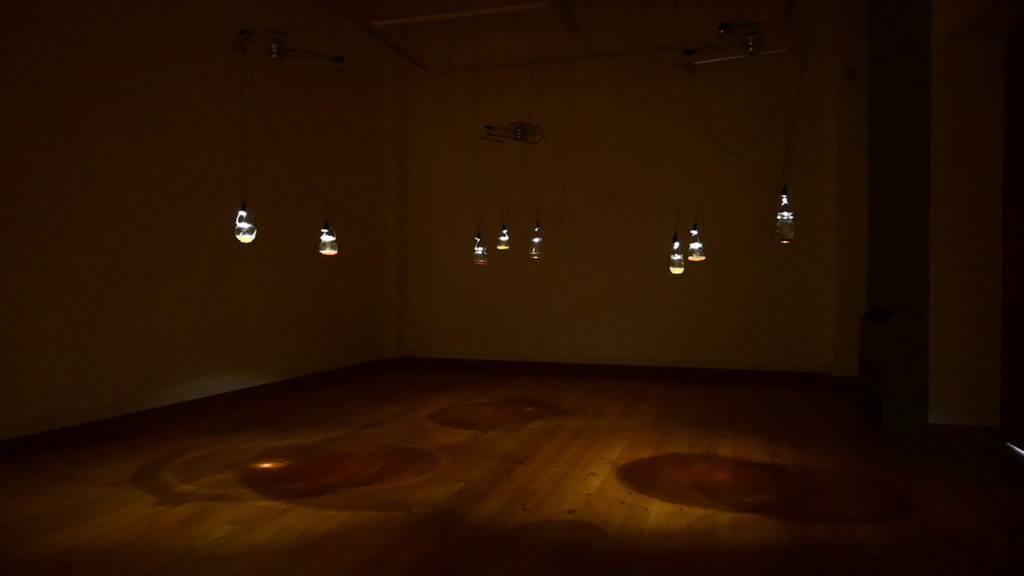


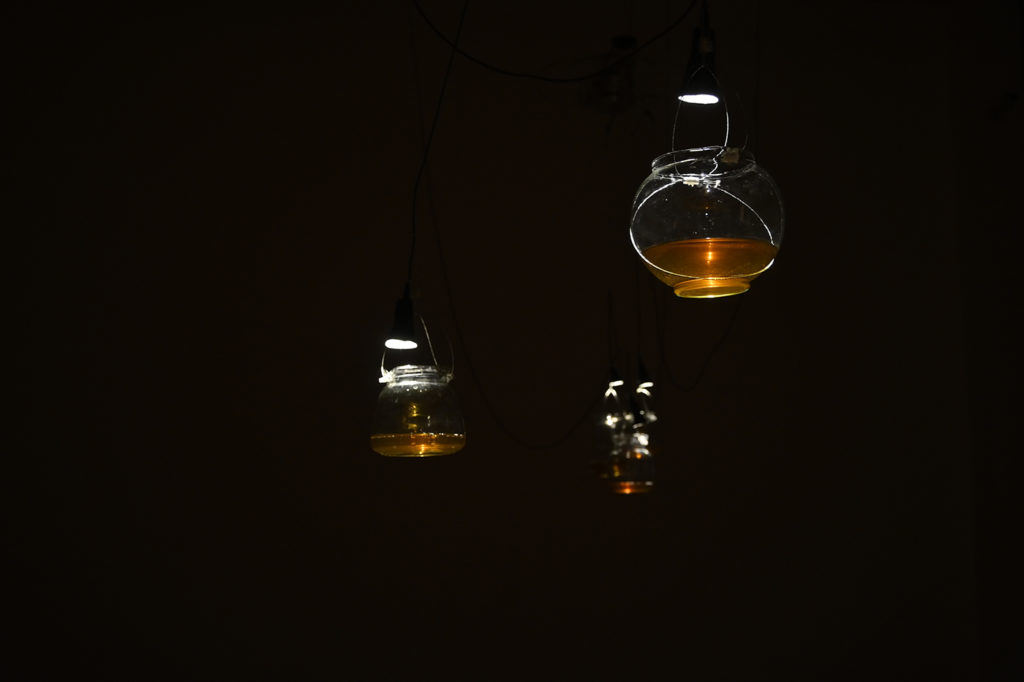


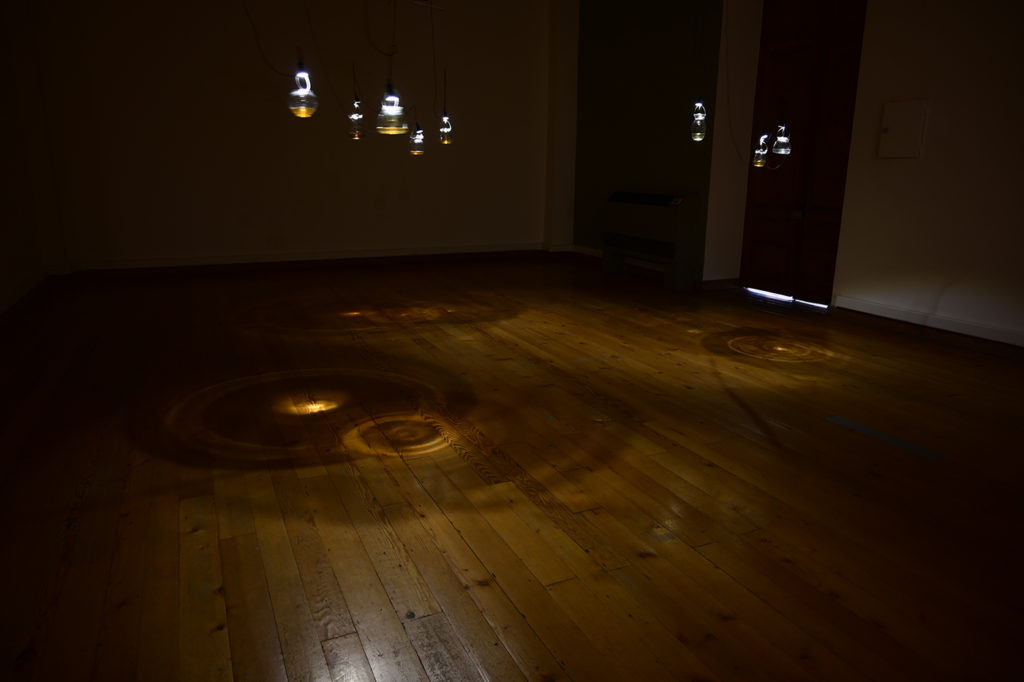

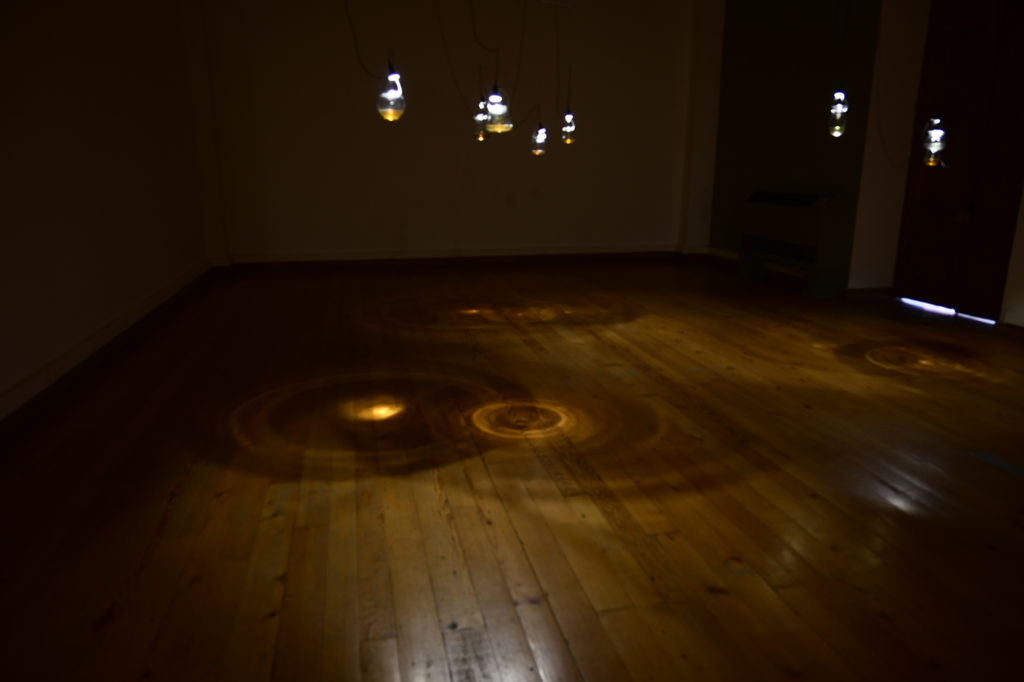
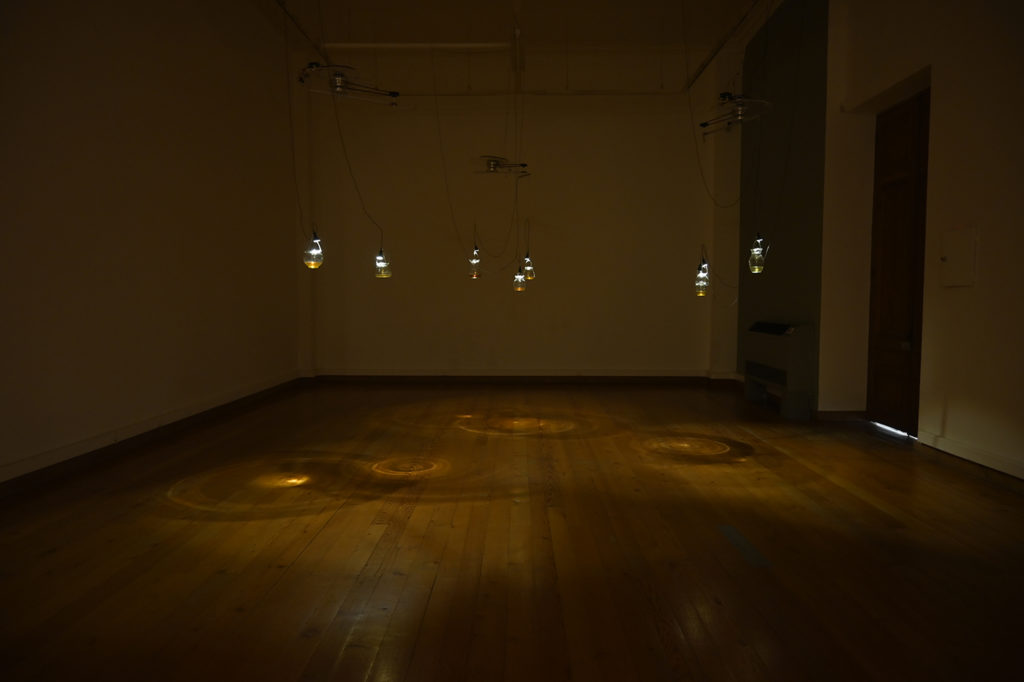
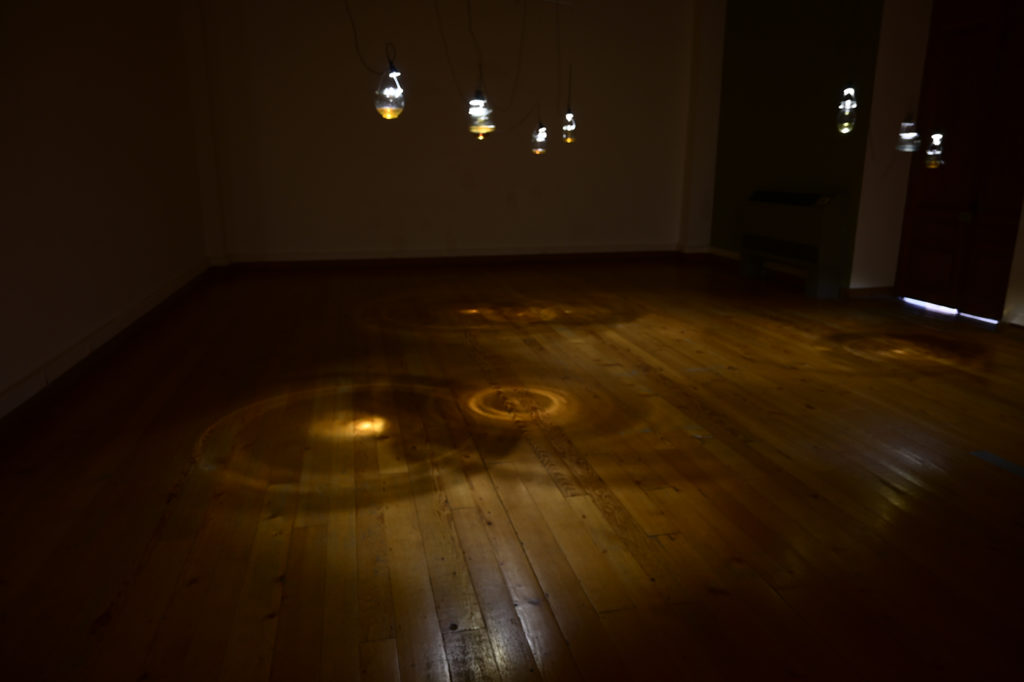

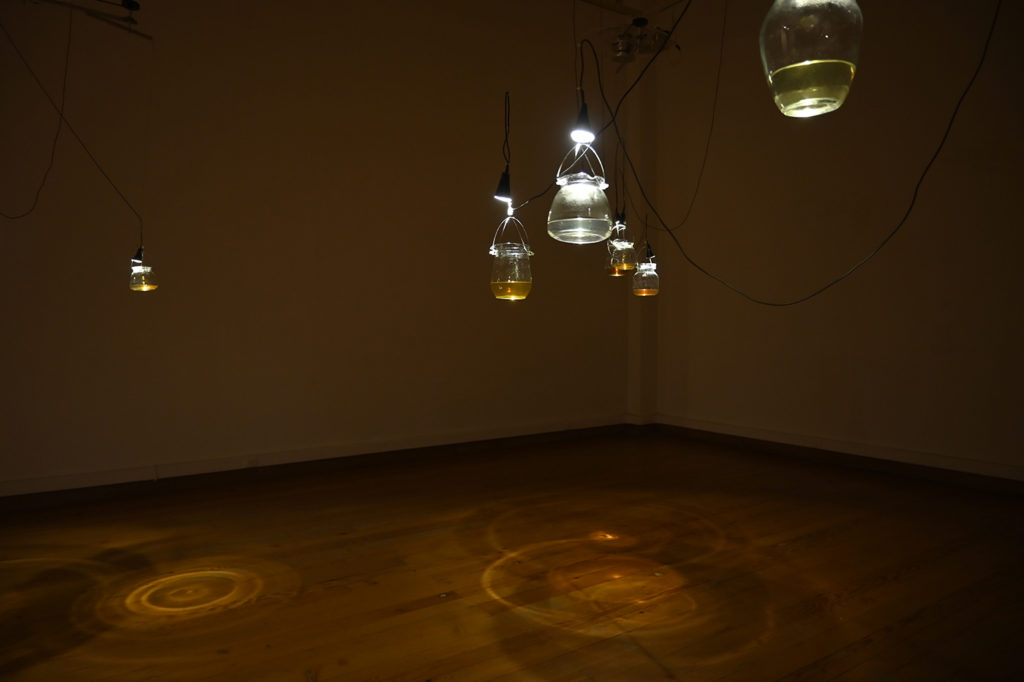

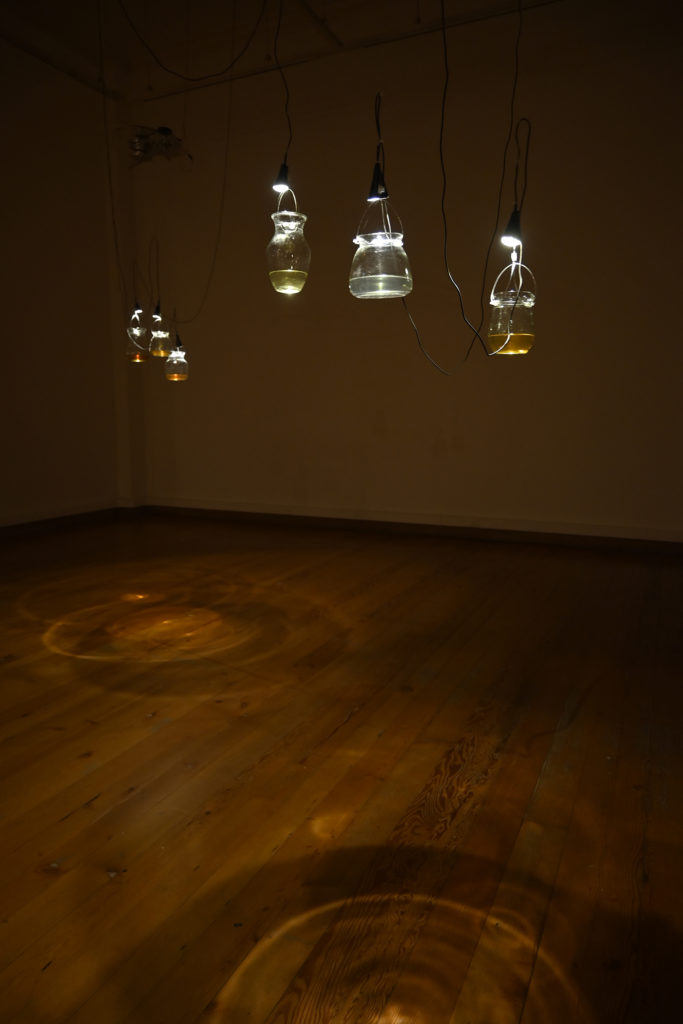
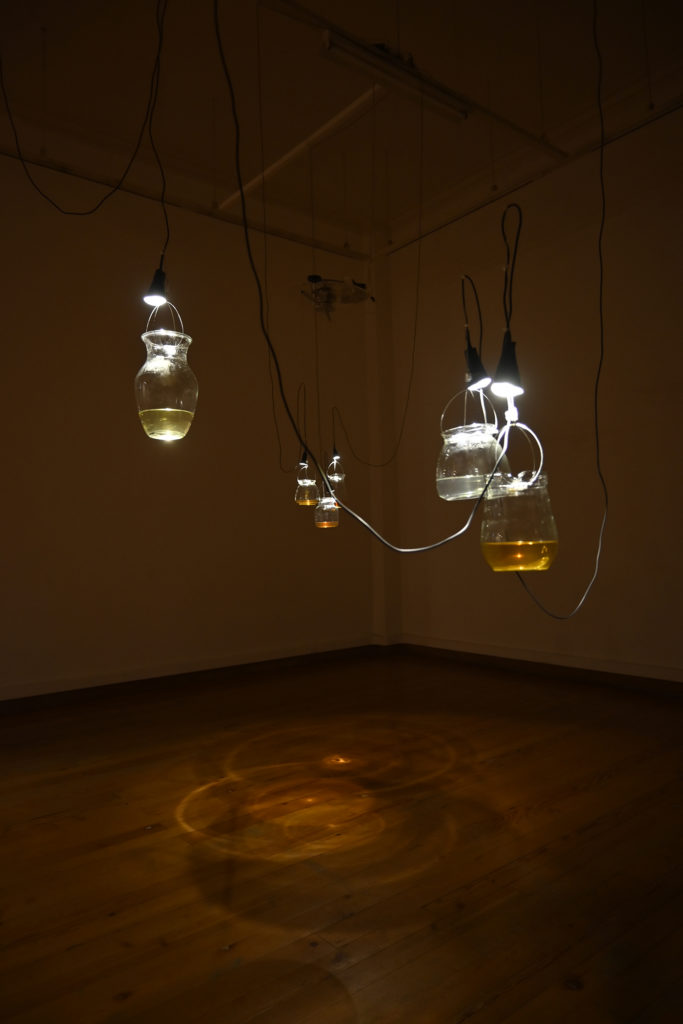
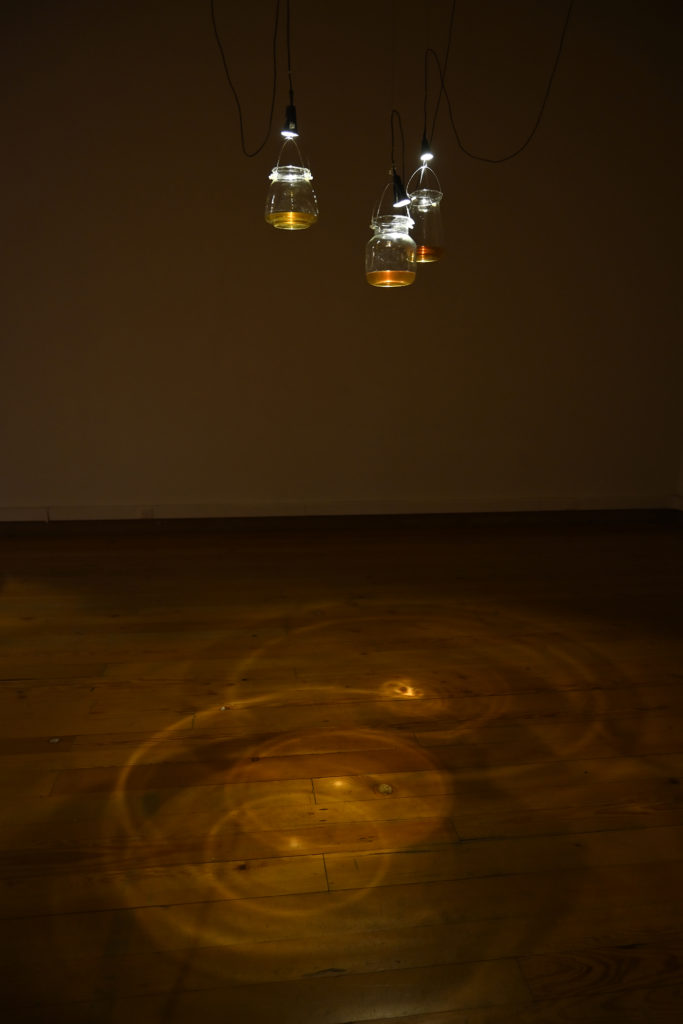
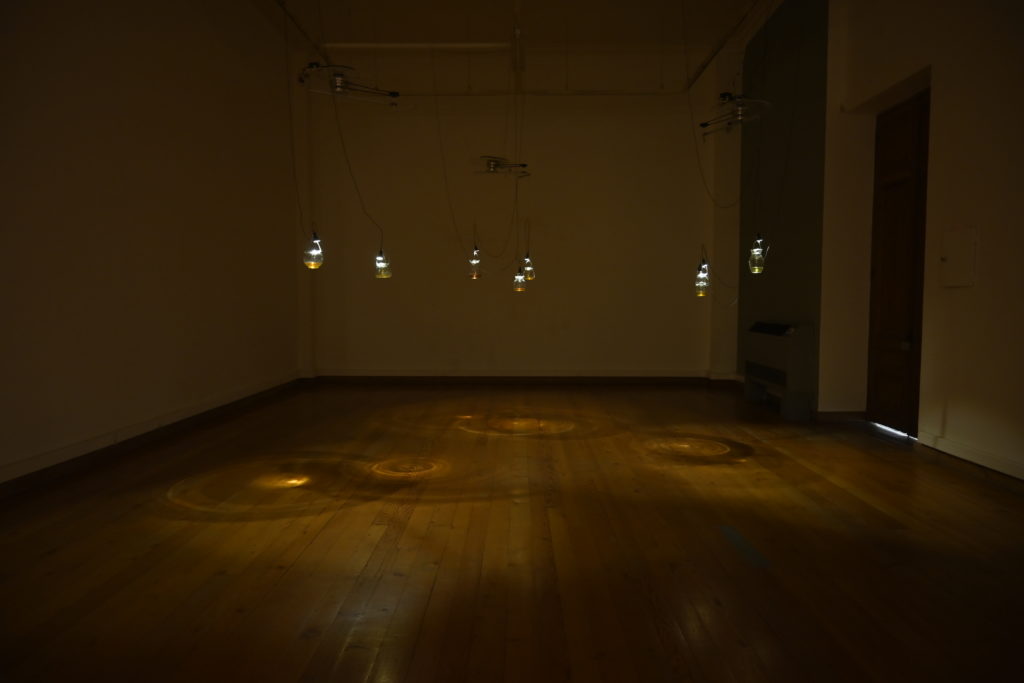
Project process: Espectra


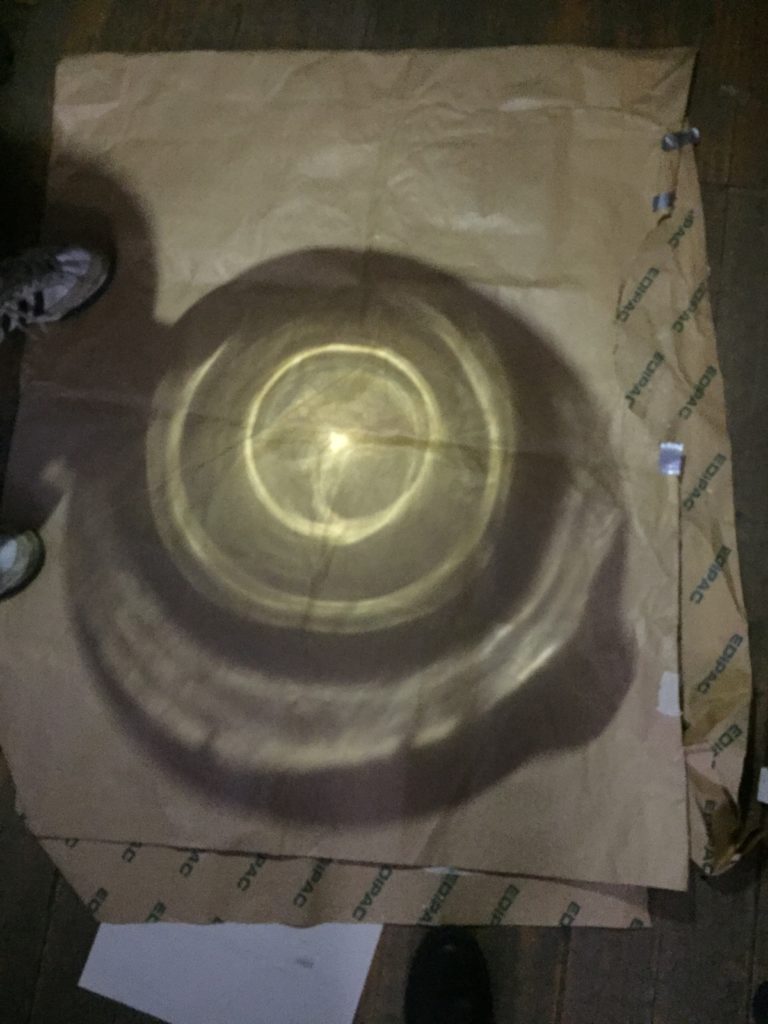


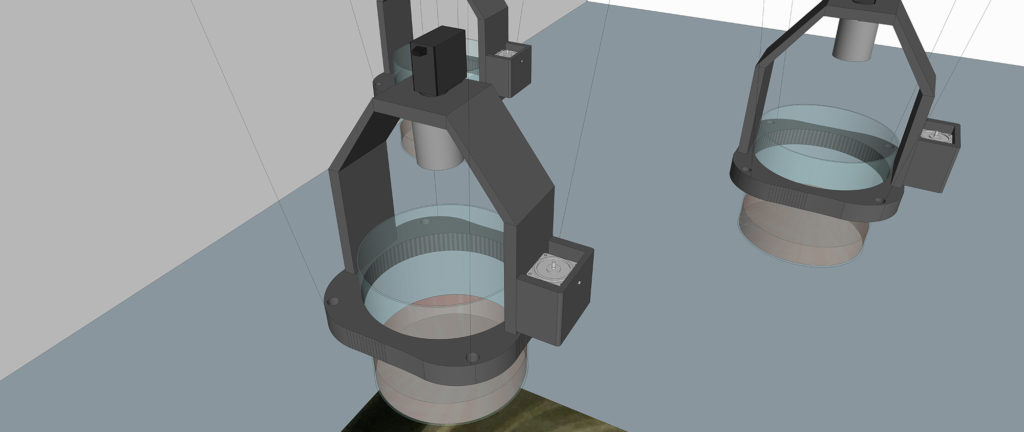
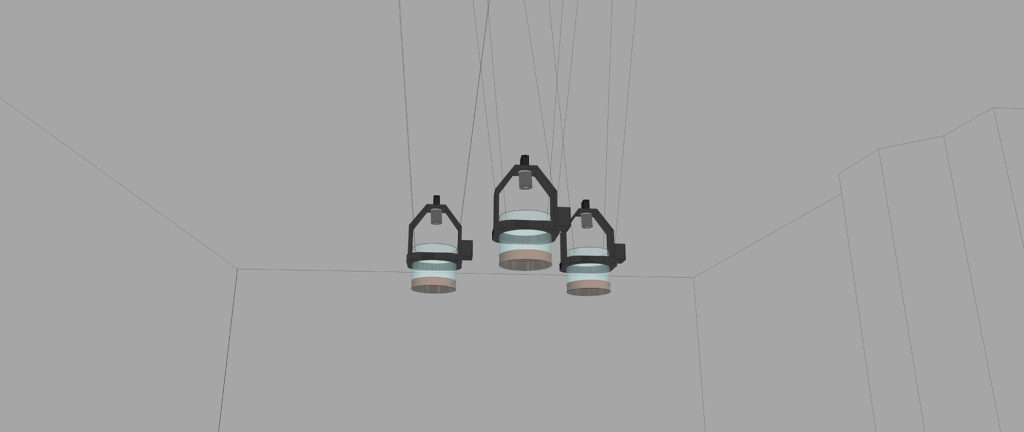
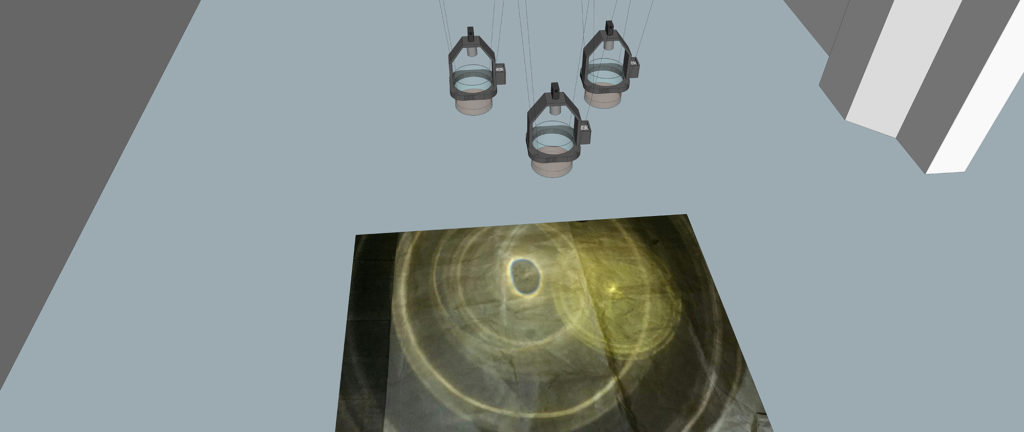
Astroold
Artist: Ricardo Vega
This work seeks to generate an audiovisual experience that can account for the variety of astronomical data from a subjective perspective. For this, data processing and visual representation strategies are used, making use of usual graphic resources in data visualization, bars, dotplots, curves, etc., explored in this project from an aesthetic motivation. In general, large amounts of data are represented in data visualizations oriented to functional and analytical representations, which are oriented to the rational and efficient understanding of the characteristics of the data. The field of data visualization also offers the opportunity to explore representation from other perspectives, giving space for the expression of individual subjectivity. This is relevant in an environment characterized by the dissolution of the subject in the face of the massiveness, speed and abstraction of the data, also considering that there is no direct and unique relationship between data and its representation. This project seeks to generate images from astronomical data, appealing to the senses rather than analytical analysis, thus proposing an aesthetic and visual experience that rescues the expressive and subjective character of a creative individual.
The narrative explores how humans have made observations to understand the world, where technical and technological development has become increasingly relevant in the development of tools to amplify cognition, and from there, knowledge about reality. Description of the work: This work contains a series of sections with different images based on the usual paradigms present in data visualization. Here are some images from the video
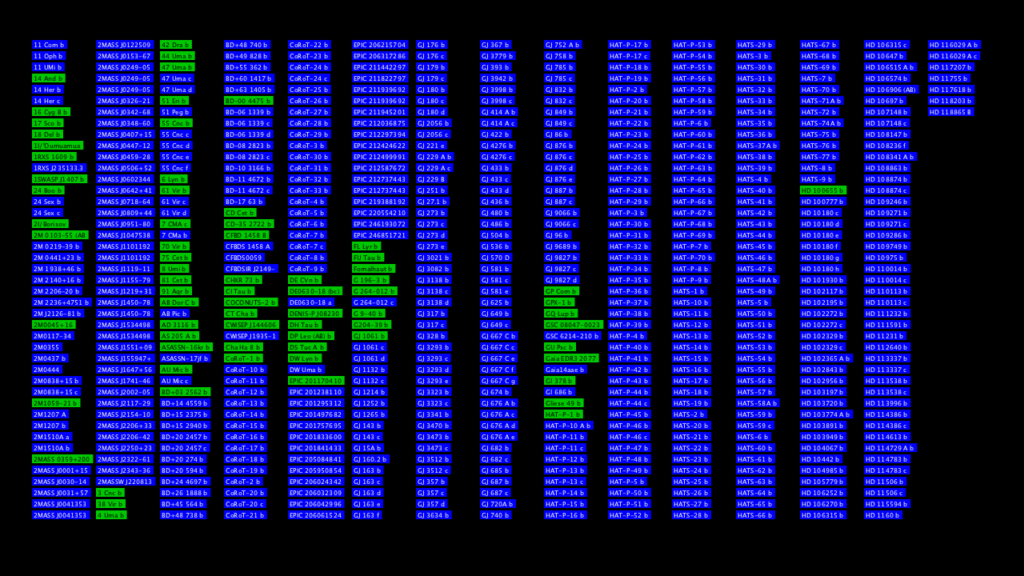



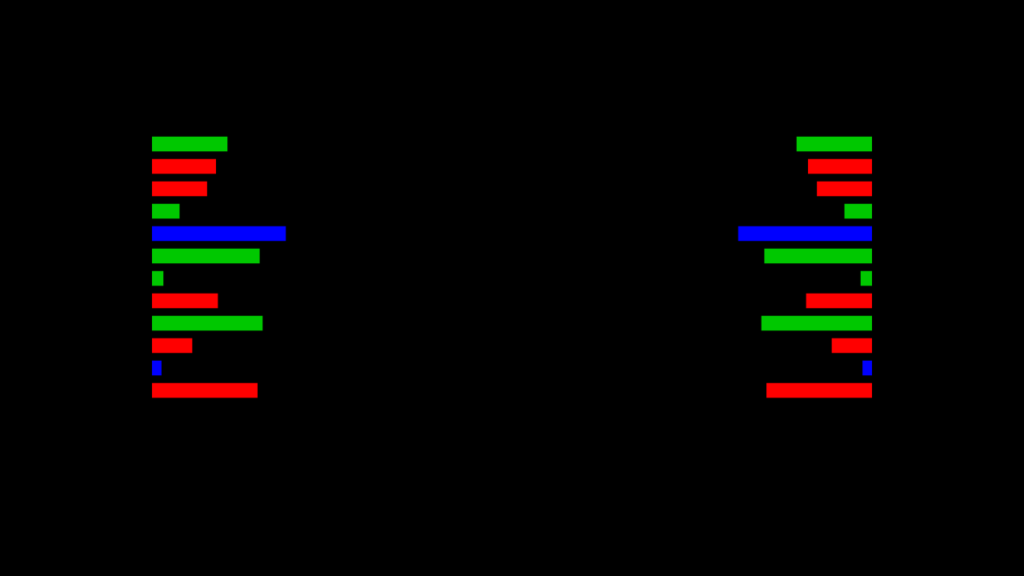
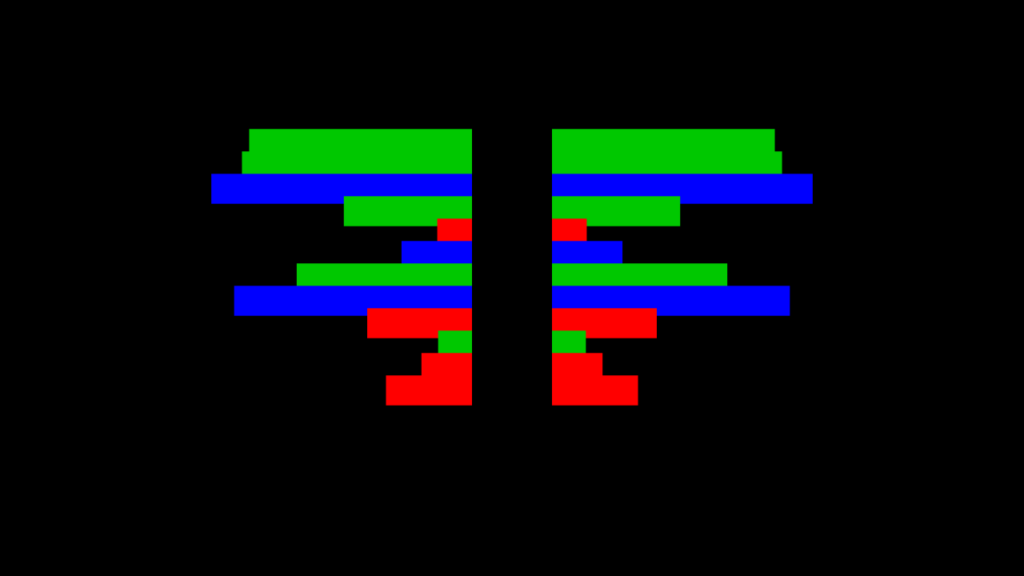

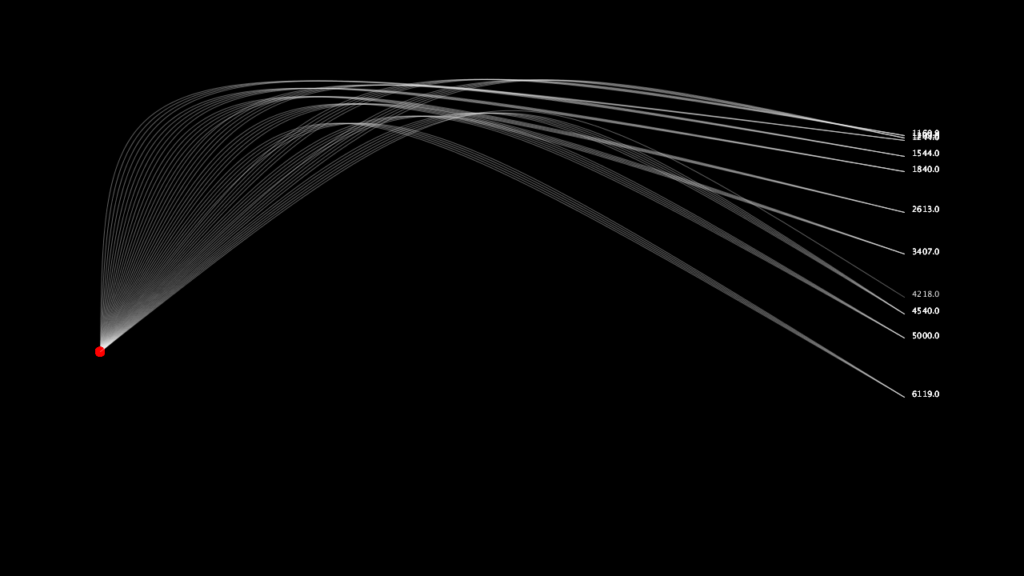
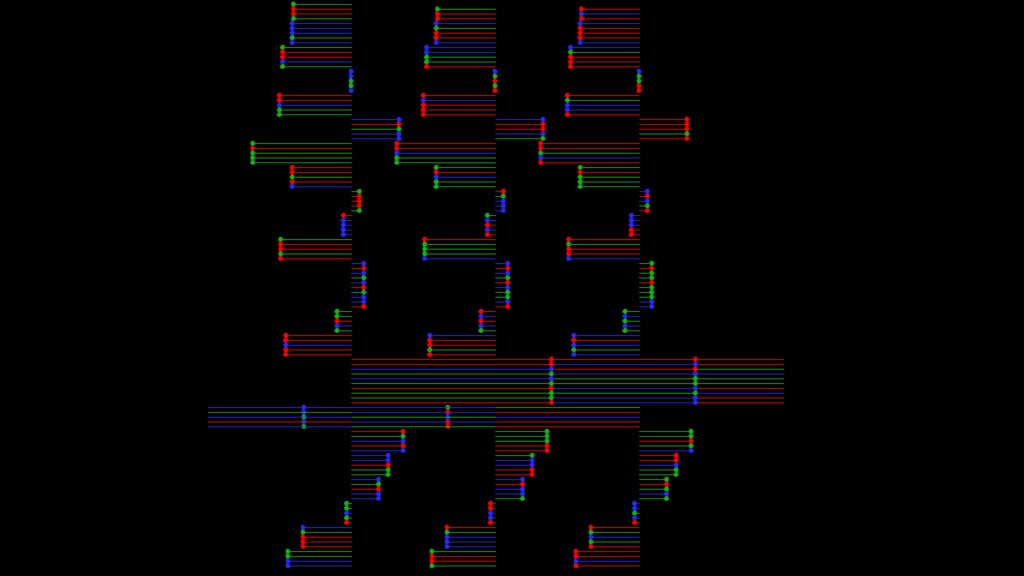




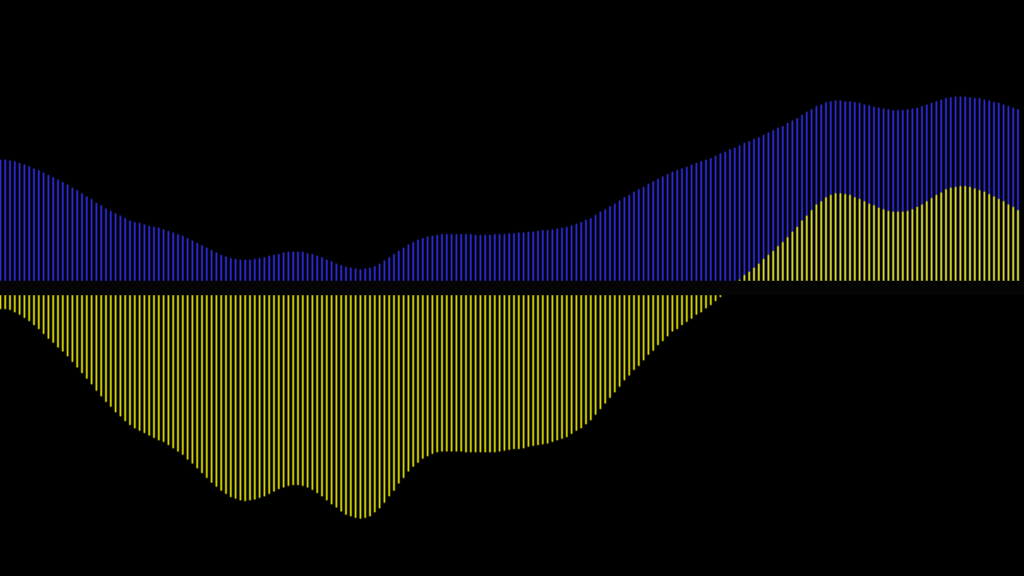
Project Process: Astroold
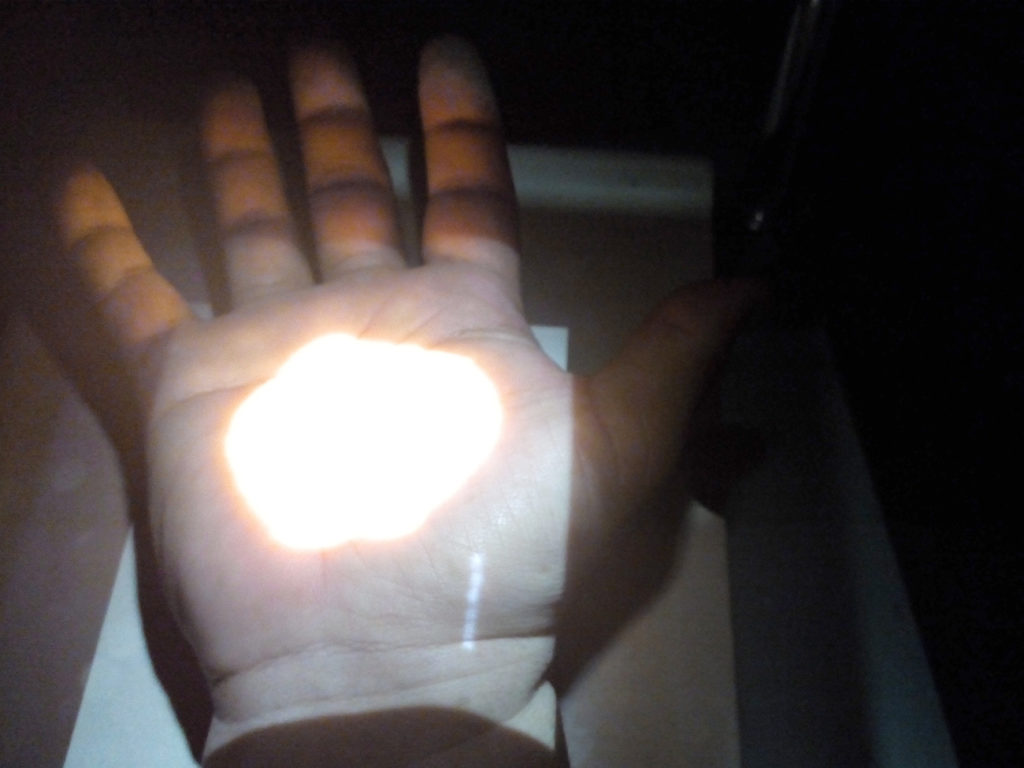
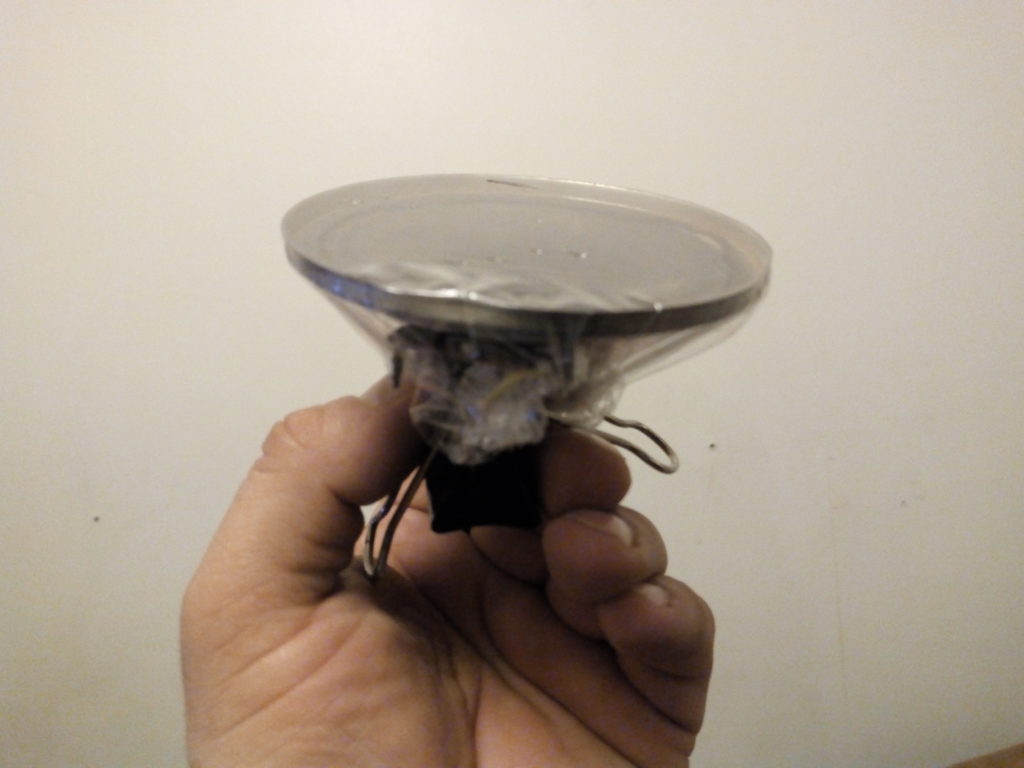
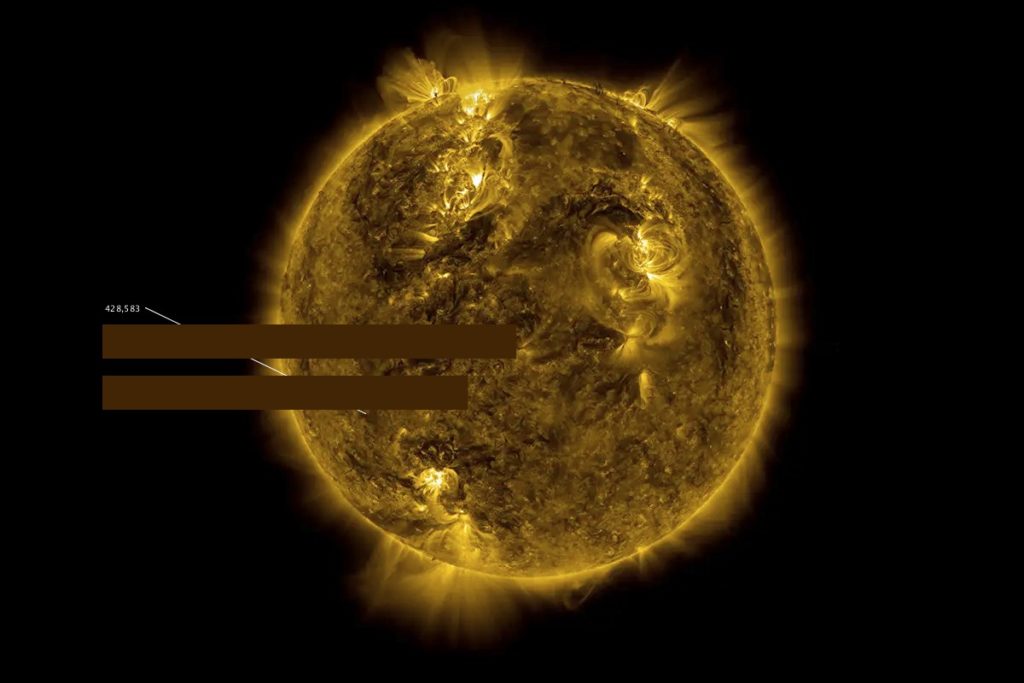
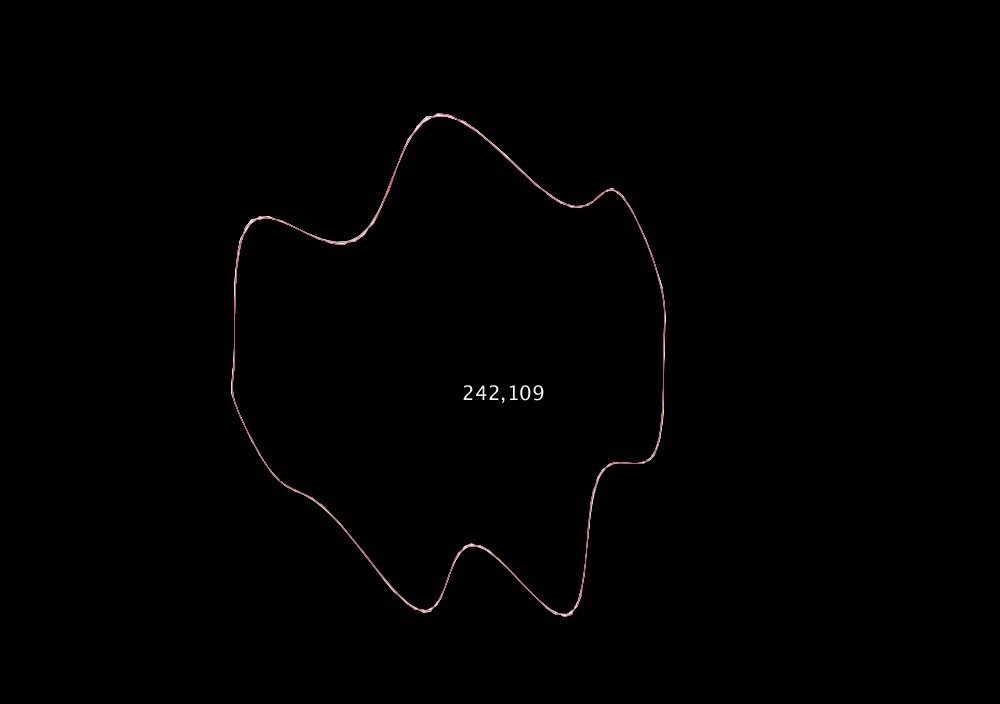
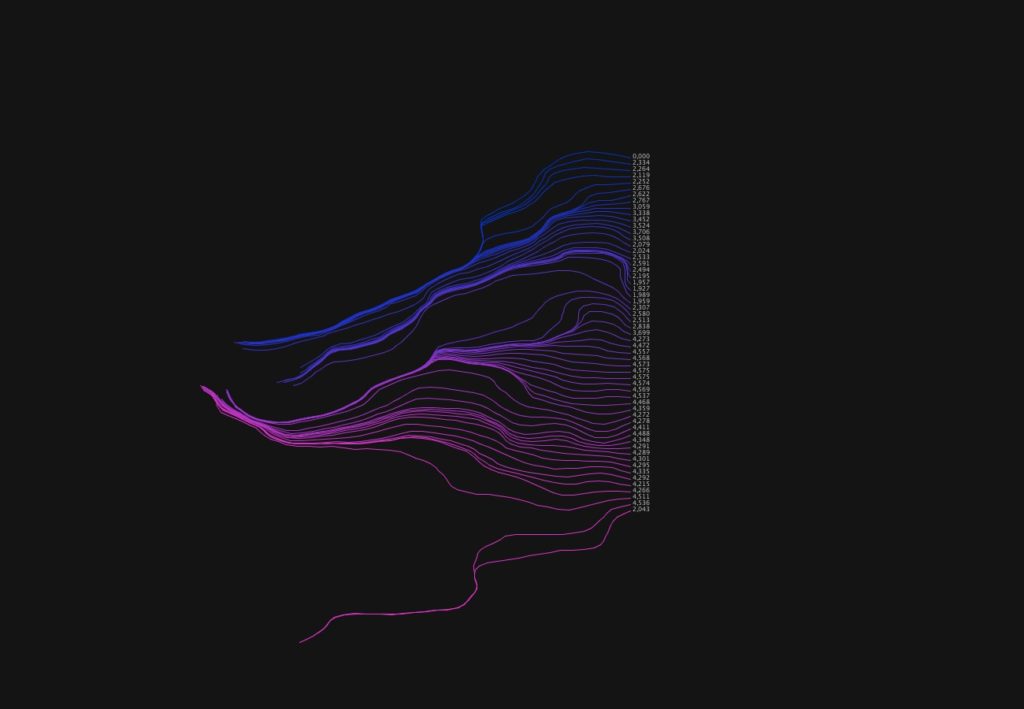
Art-astronomy crossroads
The processes of observation and discovery in scientific and artistic disciplines establish -occasionally- similar methodologies with what is observed, analyzed and developed in an investigation. In the course of this project, reflective dialogues were opened between arts and sciences, from some initial questions: What are the convergences between science and arts in general, between astronomy and visual arts, in particular? What is the role of exploration, serendipity and intuition in the arts and sciences?
The visual arts and the sensitive experiences around the image, make it possible to relate matters that science often cannot show, but that art does have the obligation to teach. In this context, we consider interdiscipline as a motor where aesthetic exploration works as a discovery towards the behavior of the planet and its physical laws, the understanding of time and space.
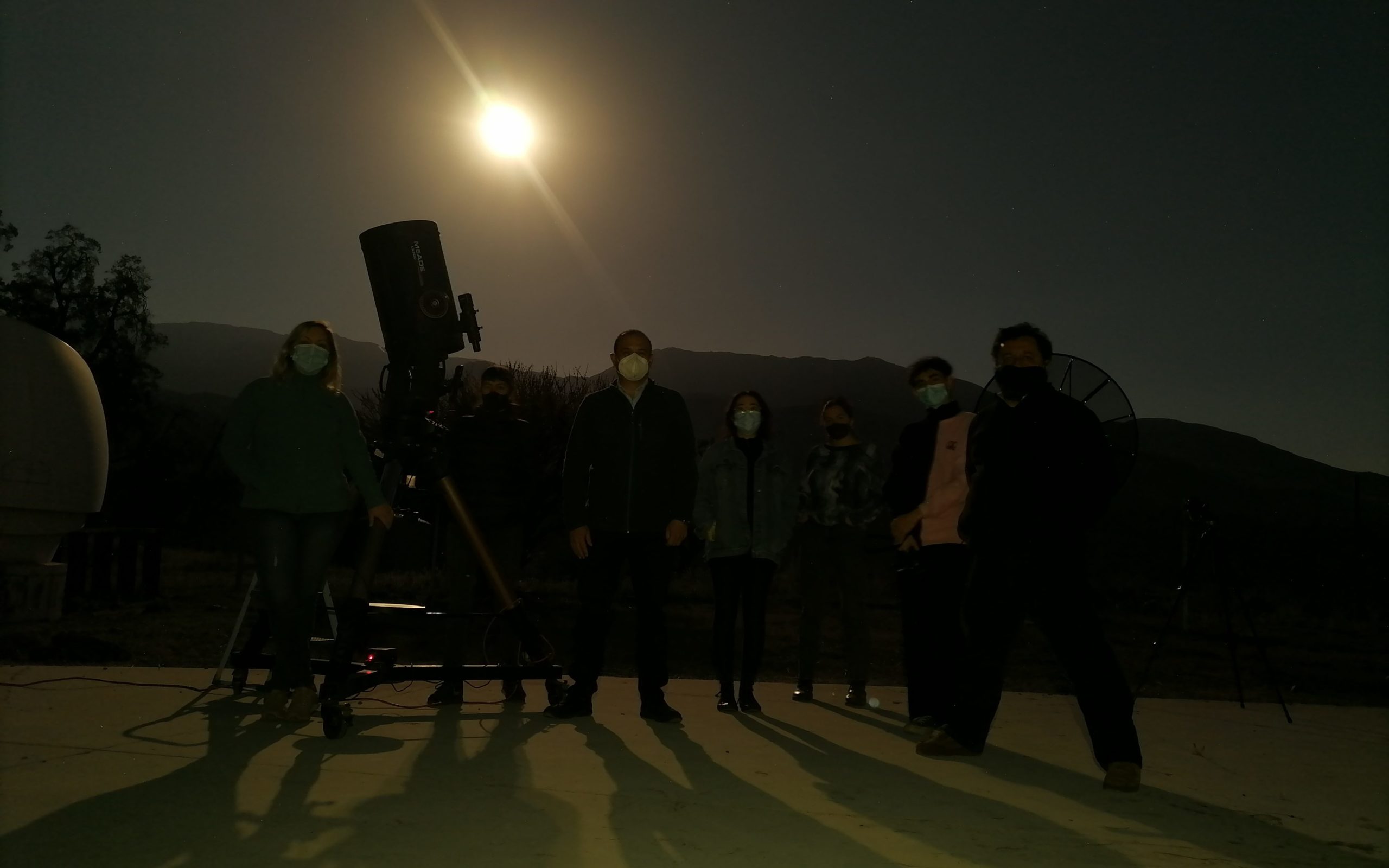
Conversations about the intersection between art and science in the closing of the project at Santa Martina Observatory UC
Participants:
Maya Errázuriz
Madeleine Hurtado
Catalina Ossa
Enrique Rivera
+
Limit of Confusion team
OBSERVATORY VISITS
Observation
Jupiter
Observing Jupiter and its moons we began to think of Galileo Galilei. Galileo first observed the natural satellites of Jupiter in January 1610, with a homemade telescope. Although at first he thought that they were three nearby stars, after several nights of observation he was able to determine that these four objects did not leave the vicinity of the planet and were in orbit. This discovery confirmed the validity of the Copernican system and showed that not all things revolve around the Earth.
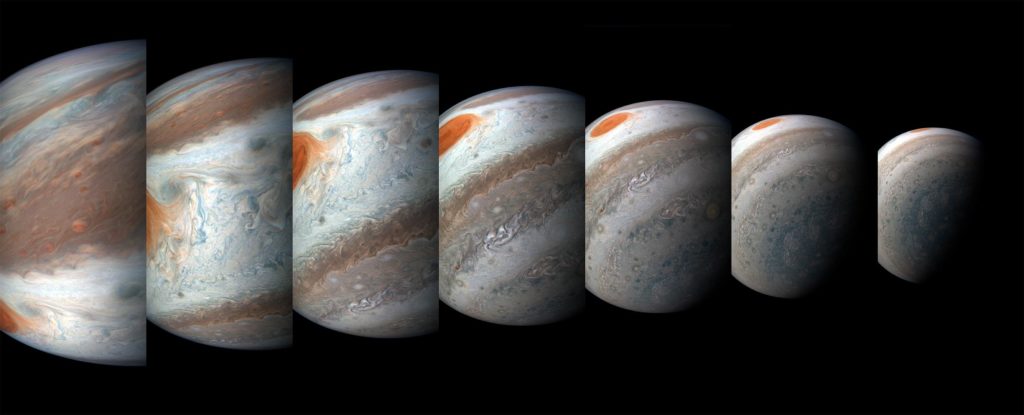
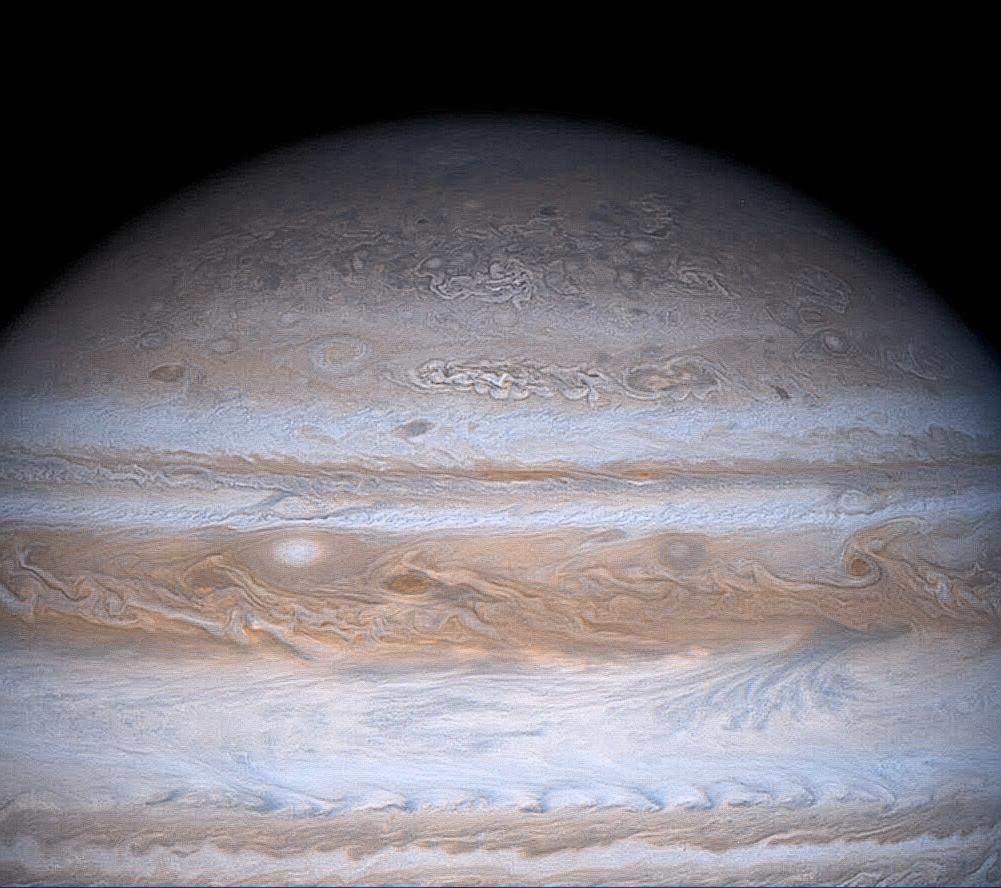

Sun
On our first visit to the observatory, we looked at the Sun. This is the star that is at the center of our solar system. The Earth and other bodies (including other planets, asteroids, meteoroids, comets, and dust) orbit the Sun, which accounts for about 99.86% of the solar system’s mass.
Not having the necessary solar filters in the telescope, we managed to project the image onto paper so that we could observe the rotation and see some sunspots.
We didn’t really see the sun, but we saw the projection of it. Not only because we saw a reflection, but also because we must also consider that the light we see took 8 minutes to reach the telescope and our eyes, so we actually observe the (very close) past of the star in our solar system.



Moon
The Moon is the only natural satellite of the Earth. It can be seen with the naked eye, day and night according to its phases. Despite being apparently the brightest object in the sky after the Sun, its surface is actually very dark, with a reflection similar to that of coal.
The lunar phases are the apparent changes in the visible illuminated portion of the satellite, due to its change in position relative to the Earth and the Sun. The Moon completes an orbit around the Earth approximately every twenty-eight days and seven hours.
However, the time the Moon has to go through the same phase is twenty-nine and a half days. This is attributed to the fact that, at the same time that the Moon moves around the Earth, both revolve around the Sun. The phases are determined by the position of these three elements, the change in position causes the Moon to take a little more than one revolution for it to achieve the same position relative to the planet and the Sun.
Saturn
For many, this was the first time we were able to look at Saturn and appreciate its rings. Although it looked very small and blurry, it is an impressive image.
Saturn is the sixth planet in the solar system from the Sun, the second in size and mass after Jupiter, and the only one with a ring system visible from Earth.
The first to observe the rings was Galileo in 1610. But the low inclination of the rings and the low resolution of his telescope initially led him to believe that they were large moons. Later, Christiaan Huygens, with better means of observation, was able to clearly observe the rings in 1659. James Clerk Maxwell, in 1859, mathematically demonstrated that the rings could not be a single solid object but must be the grouping of millions of smaller particles. The particles that make up the rings of Saturn rotate at a speed of 48,000 km/h. H.
Binary Stars
In the desire to learn more about the phenomena that occur in space, the team members Diego Silva, Florencia Varela and the Artist Claudia Müller, talk with the astronomer Pascal Torres
Pascal: The figure shows one orbit in red and the other in blue orbiting around a center. Which is not exactly in the middle but depends on the characteristics of both stars: if there is a more massive one or a less massive one. For example, if one has two balls joined by a thread and turns them, they will turn to the middle, but if one is larger and the other smaller, that center will move towards the larger one.
But it is not the center of the sun, for example the earth does not orbit the center of the sun exactly but orbits around the center of mass, which is a little out of phase with the center of the sun, so the sun, or the star, will also orbit, but that rotation will be within it.
Claudia: So the rotation is always inside the stars, it’s not that it’s peripheral, it’s always like in the heart of the star that gravitational axis?
Pascal: That (the center of mass being inside) happens when there is a system of something very massive, like a star and another planet that is somewhat less massive. But in the case of two massive stars, they orbit around a center of mass that is external to them.
There are different ways of detecting binary stars, for example there is the case of eclipsing binaries, which is when our plane of vision is parallel to the orbital plane of the stars.
So from our point of view one star passes over the other. It is said to be parallel, because if we move up, for example, we will no longer see this alignment, it is as if the earth is aligned with this two star system.
Claudia: You have to observe these stars in time to know that it is a binary
Pascal: Sure. There are different types of binaries, there are some binaries that one can see in the sky and one can follow them in time and one is going to see these two little dots with a certain interaction, but there are other binaries that are very close together or are very weak, etc., and one sees them as one star when there are really two.
Another way to detect them is the light curves. If I have two stars as two, they are going to emit a certain amount of light. When one focus covers the other focus, you see a depression of the flow, of the light that arrives, then you see this wad downwards. In addition, they take turns, first one will cover and then the other will cover, then we will see a larger eclipse and a smaller eclipse, if one star is more massive than another.
That’s one way to recognize a binary star. But actually this method is also confirmed by the radial velocity method. Basically, what one sees is how much a star approaches or moves away from us. There one observes the doppler effect.
This effect is heard many times on the street, when something approaches us, for example an ambulance, the wavelength of the sound is going to shorten, and when it moves away from us it goes to lengthen. The same happens with the light of a star, when a star gets closer the wavelength will be shortened and it will look more blue and when a star moves away the wavelength will be lengthened and it will look red. But this movement is nanometric, it is very small (the variation of wavelength).
Claudia: So, is a star always going to look blue when it’s closer and red when it’s further away?
Pascal: Whether it’s moving closer or further away, not whether it’s closer or further. Because something can be close but still moving away, or far but still moving closer. But if it’s getting closer it’s going to look blue or if it’s moving away it’s going to look redder.
Florencia: Do these eclipses have to do with the size of the stars or with the amount of light they radiate?
Pascal: It’s more because of the geometry. Because of the geometry between our planet and those two stars, because if we’re just aligned, that’s when they’re going to cover up. But if we’re not aligned, we’re not going to see that light curve.

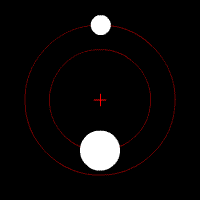
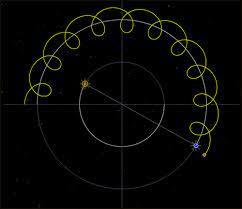



Support
This project was made with the contribution of the Department of Arts and Culture of the Vice-Rector for Research, Pontificia Universidad Católica de Chile


